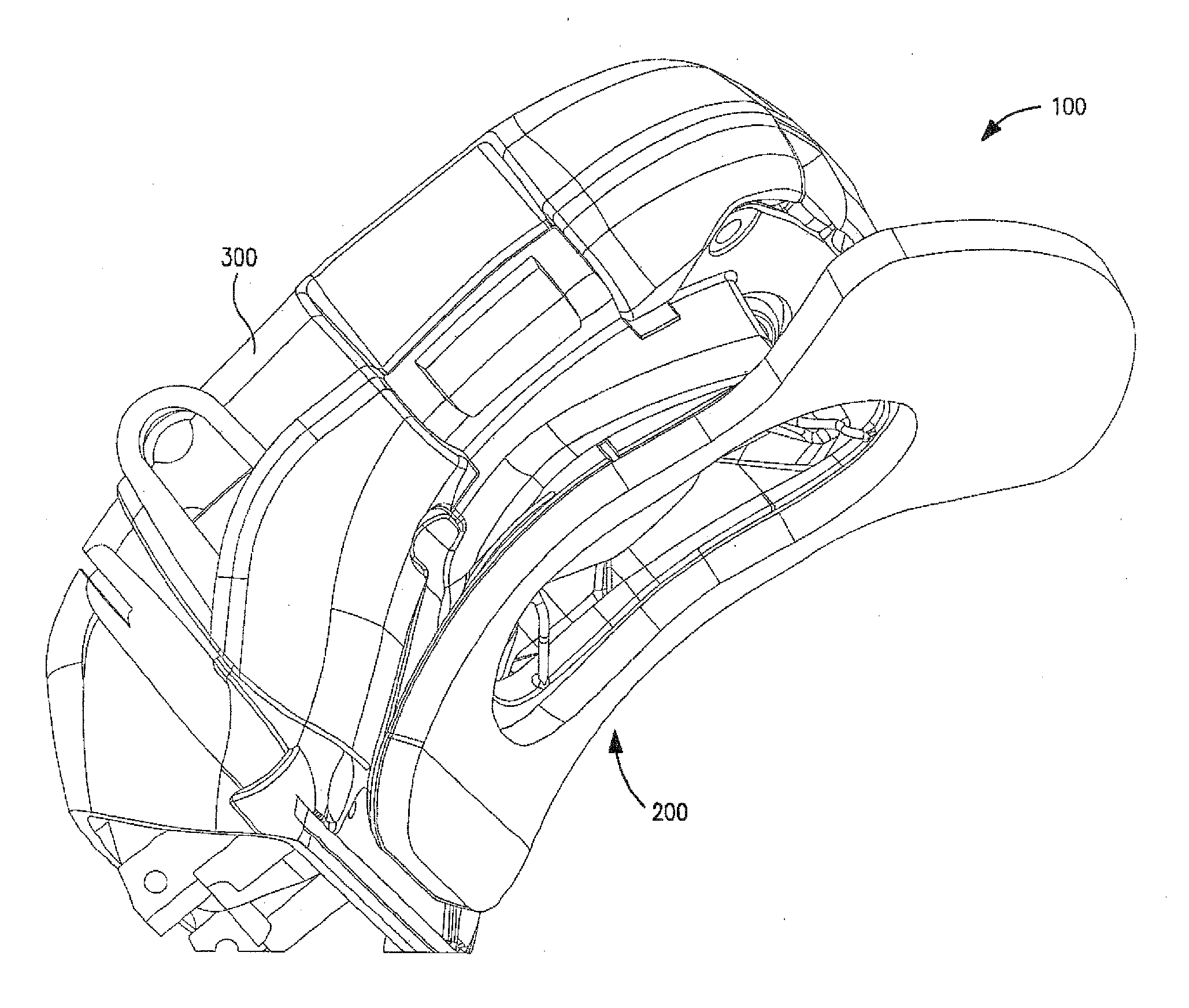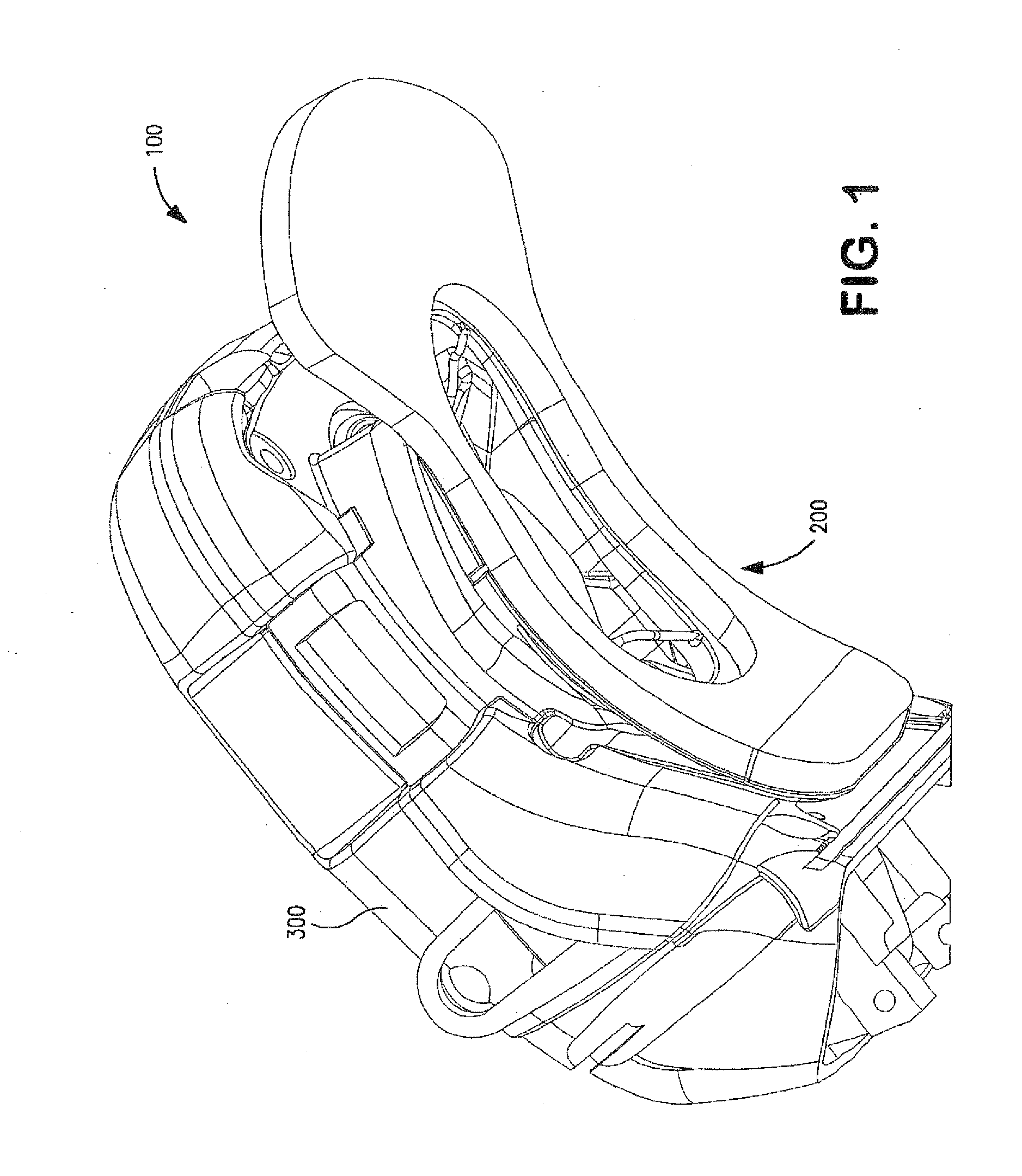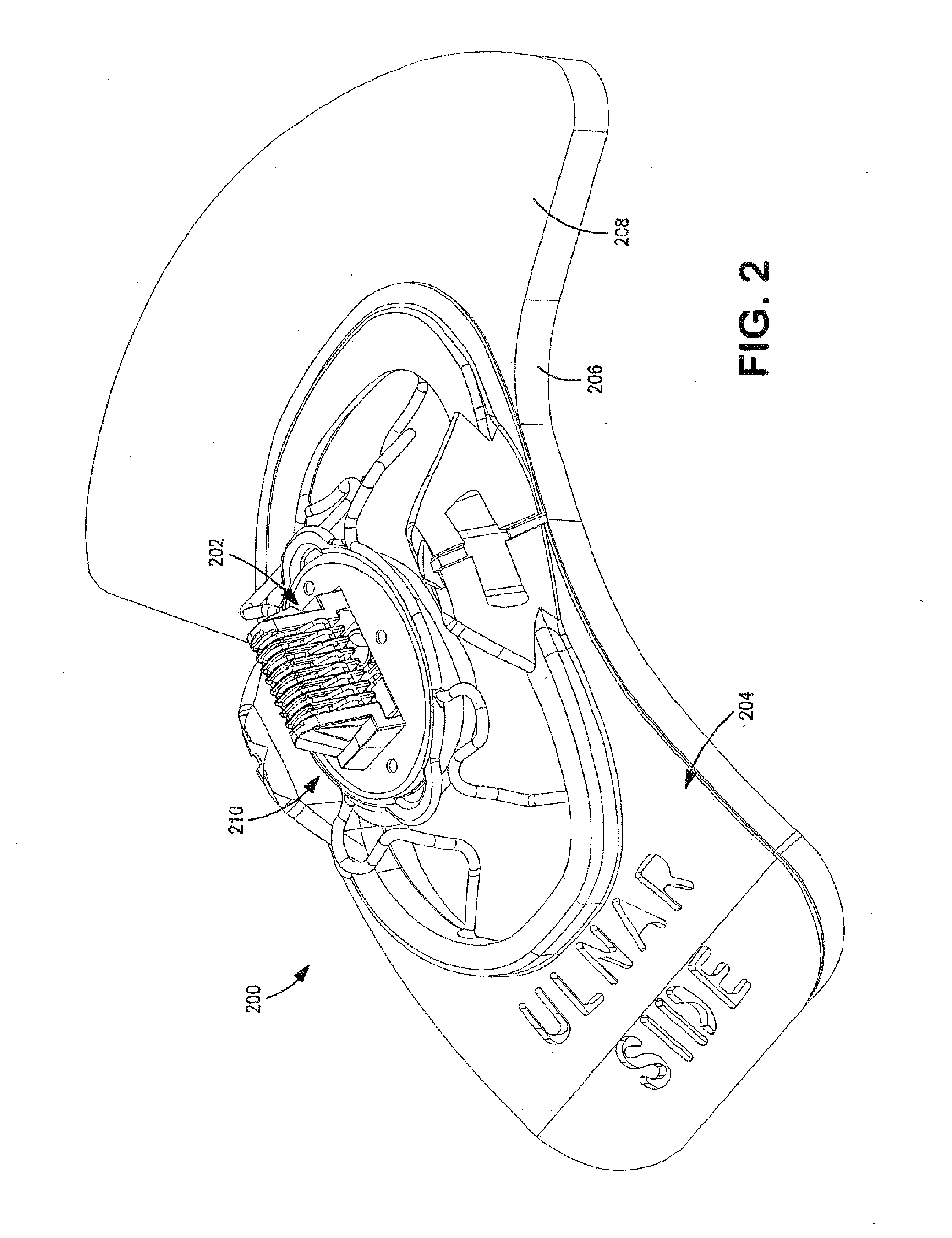Apparatus and methods for non-invasively measuring physiologic parameters of one or more subjects
a technology of physiological parameters and instruments, applied in the field of methods and instruments for monitoring parameters associated with physiological and fluid systems, can solve the problems of inability to replicate the actual blood pressure waveform of the subject, inability to achieve true continuous, beat-to-beat blood pressure monitoring cannot be achieved using these techniques, and general ineffective instruments for sensing short-term blood pressure variations
- Summary
- Abstract
- Description
- Claims
- Application Information
AI Technical Summary
Benefits of technology
Problems solved by technology
Method used
Image
Examples
Embodiment Construction
[0050]Reference is now made to the drawings wherein like numerals refer to like parts throughout.
[0051]It is noted that while the invention is described herein primarily in terms of a method and apparatus for assessment of hemodynamic parameters of the circulatory system via the radial artery (i.e., wrist or forearm) of a human subject, the invention may also be readily embodied or adapted to monitor such parameters at other blood vessels and locations on the human body, as well as monitoring these parameters on other warm-blooded species. All such adaptations and alternate embodiments are readily implemented by those of ordinary skill in the relevant arts, and are considered to fall within the scope of the claims appended hereto.
[0052]As used herein, the term “hemodynamic parameter” is meant to include parameters associated with the circulatory system of the subject, including for example pressure (e.g., diastolic, systolic, pulse, or mean), blood flow kinetic energy, velocity, den...
PUM
 Login to view more
Login to view more Abstract
Description
Claims
Application Information
 Login to view more
Login to view more - R&D Engineer
- R&D Manager
- IP Professional
- Industry Leading Data Capabilities
- Powerful AI technology
- Patent DNA Extraction
Browse by: Latest US Patents, China's latest patents, Technical Efficacy Thesaurus, Application Domain, Technology Topic.
© 2024 PatSnap. All rights reserved.Legal|Privacy policy|Modern Slavery Act Transparency Statement|Sitemap



